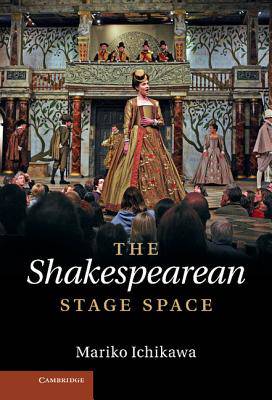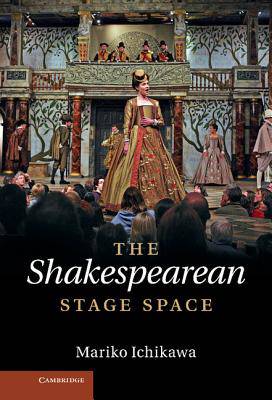
- Afhalen na 1 uur in een winkel met voorraad
- Gratis thuislevering in België vanaf € 30
- Ruim aanbod met 7 miljoen producten
- Afhalen na 1 uur in een winkel met voorraad
- Gratis thuislevering in België vanaf € 30
- Ruim aanbod met 7 miljoen producten
Zoeken
Omschrijving
How did Renaissance theatre create its powerful effects with so few resources? In The Shakespearean Stage Space, Mariko Ichikawa explores the original staging of plays by Shakespeare and his contemporaries to build a new picture of the artistry of the Renaissance stage. Dealing with problematic scenes and stage directions, Ichikawa closely examines the playing conditions in early modern playhouses to reveal the ways in which the structure of the stage was used to ensure the audibility of offstage sounds, to control the visibility of characters, to convey fictional locales, to create specific moods and atmospheres and to maintain a frequently shifting balance between fictional and theatrical realities. She argues that basic theatrical terms were used in a much broader and more flexible way than we usually assume and demonstrates that, rather than imposing limitations, the bare stage of the Shakespearean theatre offered dramatists and actors a variety of imaginative possibilities.
Specificaties
Betrokkenen
- Auteur(s):
- Uitgeverij:
Inhoud
- Aantal bladzijden:
- 236
- Taal:
- Engels
Eigenschappen
- Productcode (EAN):
- 9781107020351
- Verschijningsdatum:
- 14/01/2013
- Uitvoering:
- Hardcover
- Formaat:
- Genaaid
- Afmetingen:
- 152 mm x 231 mm
- Gewicht:
- 498 g

Alleen bij Standaard Boekhandel
+ 345 punten op je klantenkaart van Standaard Boekhandel
Beoordelingen
We publiceren alleen reviews die voldoen aan de voorwaarden voor reviews. Bekijk onze voorwaarden voor reviews.











